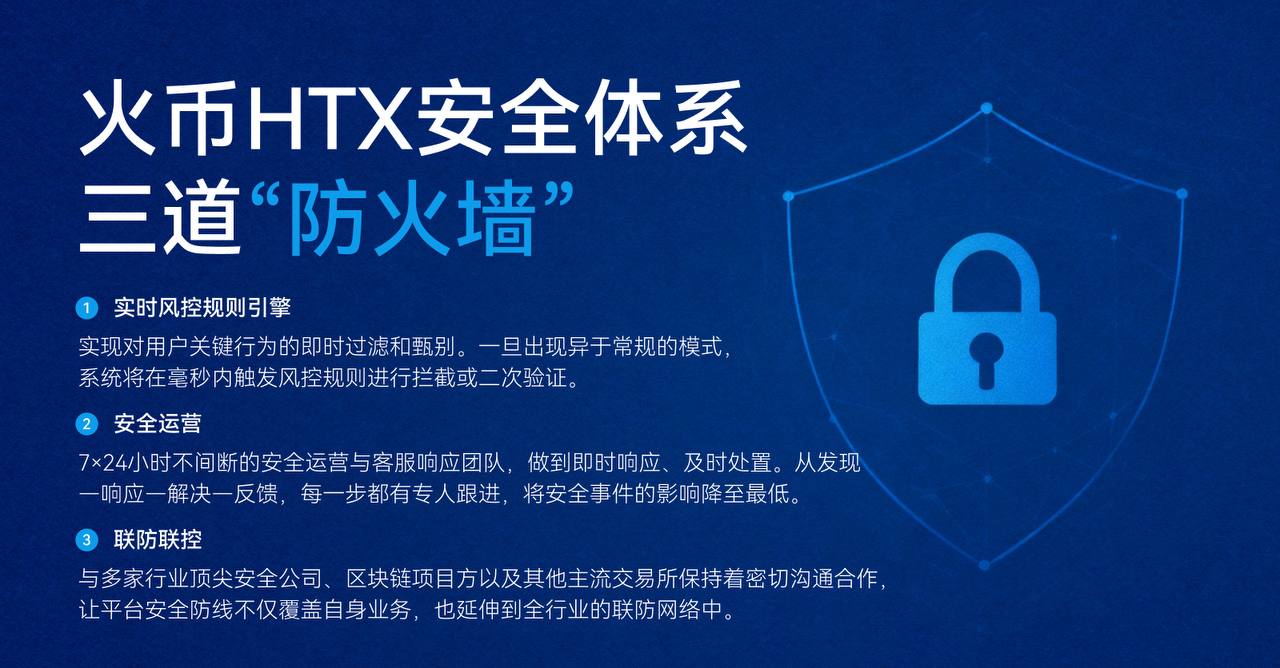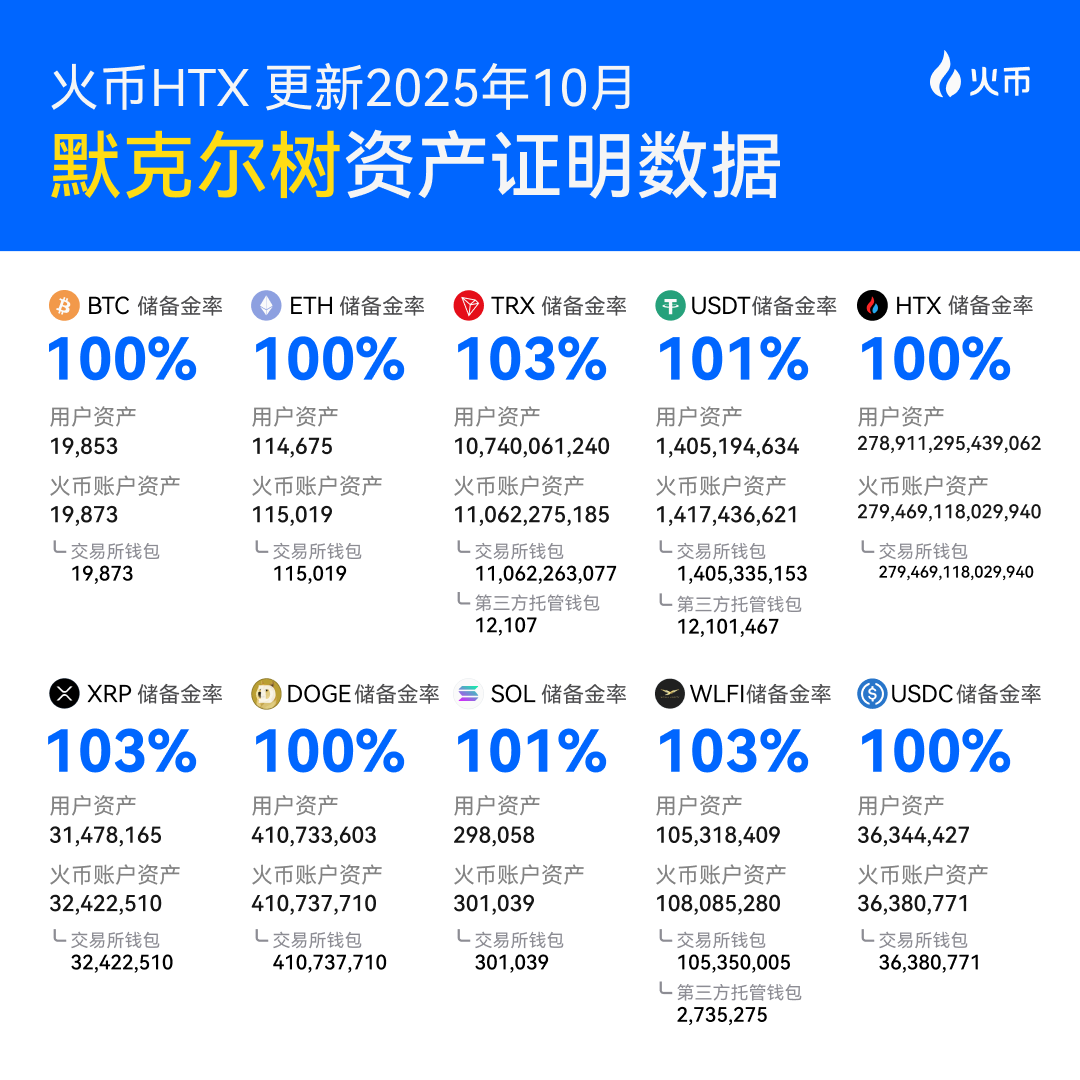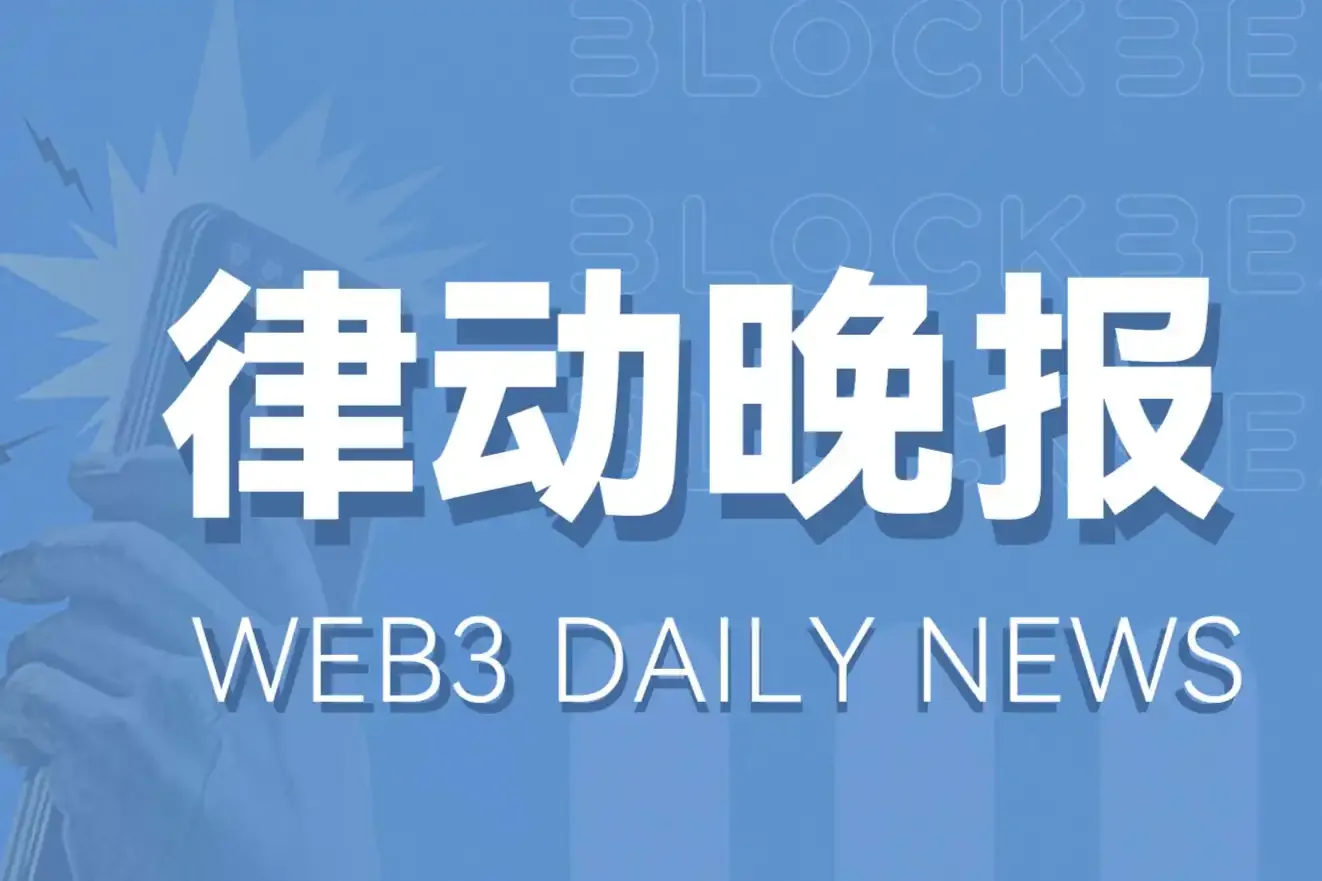
In recent years, the wave of hacker attacks has intensified, with security risks such as wallet private key leaks, phishing and social engineering, infrastructure API vulnerabilities, and DeFi contract flaws emerging one after another. The security capabilities of crypto platforms are facing unprecedented challenges. In the first half of 2025 alone, the crypto industry encountered a record number of security incidents, with total losses exceeding $2.47 billion, surpassing the total for the entire year of 2024. As attack methods become increasingly specialized and organized, the security capabilities of exchanges have shifted from a competitive advantage to a survival baseline.
In the entire crypto financial ecosystem, CEX (centralized exchanges) are the first stop for users entering the industry and are also the core trading hub. However, as trading volumes continue to expand, CEXs have gradually become one of the primary targets for hackers, making asset security a top priority.
Statistics show that from January 2012 to February 2024, there were 148 hacking incidents involving global cryptocurrency exchanges, with total losses exceeding $11 billion. In February of this year, the industry was once again shaken by a meticulously planned attack by the hacker group Lazarus, resulting in a mainstream exchange losing as much as $1.4 billion, setting a record for the highest single theft amount in crypto history. This incident once again revealed deep-seated issues in the industry regarding the evolution of attack methods, the vulnerability of defense systems, and the cross-platform response mechanisms.
Under the dual pressures of tightening regulations and frequent attacks, Huobi HTX's global advisor Sun Yuchen stated, "User asset security is the lifeline of Huobi HTX." As the industry continues to navigate in the shadow of hackers, Huobi HTX's practices may point to a direction: true security begins with technology, is achieved through transparency, and culminates in trust.
As one of the world's leading crypto asset service platforms, Huobi HTX continuously enhances its internal transparency and self-discipline mechanisms while strengthening external risk control and security defense systems. This "internal and external cultivation" security strategy has allowed HTX to stand out in the industry, earning widespread trust from users and the market.
According to the exchange rankings released by Kaiko for the second quarter of 2025, Huobi HTX performed outstandingly across multiple dimensions such as security and compliance, with its overall ranking rising to the top eight globally, becoming one of the fastest-growing exchanges among the top ten. This achievement is the best testament to Huobi HTX's continuous efforts in security construction and its commitment to maintaining a trust baseline.
Continuously Upgrading the Security System to Build a "Trinity" Protection Network
As attack methods continue to evolve, each breakthrough can instantly threaten the assets of thousands of users, making security offense and defense a protracted battle. Huobi HTX continuously upgrades and reconstructs its internal security system to comprehensively protect user assets and platform operational security.

In the first half of this year, Huobi HTX built a "trinity" protection framework, collaborating across three levels: risk control, operations, and security intelligence (public opinion), to create a multi-dimensional, three-dimensional defense system:
The first "firewall" of Huobi HTX's security system is a self-developed real-time risk control rules engine with millisecond-level response, combined with a comprehensive platform business chain monitoring and alarm system, achieving instant filtering and identification of key user behaviors. Whether it is logging in, withdrawing funds, or trading, if any unusual patterns occur, the system will trigger risk control rules for interception or secondary verification within milliseconds. This mechanism aligns with the defense-in-depth strategy commonly adopted by top fintech companies, significantly reducing risks such as account theft, asset transfer, and malicious trading manipulation. Notably, Huobi HTX has also introduced artificial intelligence and big data analysis to assist in risk control decision-making, using machine learning models to identify suspicious behavior patterns and continuously optimize the rule set, enabling the risk control system to possess self-evolution capabilities. This reflects the industry's trend of evolving from traditional "rule-driven" risk control to "data and AI-driven" intelligent risk control.
Beyond the technical defenses, Huobi HTX has also established a 24/7 uninterrupted security operations and customer service response team as an important supplement to the security system. When the monitoring system issues a risk control alert or a user reports a security incident, the operations team can intervene immediately, ensuring prompt response and timely resolution. For example, if a user's account is suspected of unauthorized login or abnormal operation, the customer service team will proactively contact the user for verification and, if necessary, freeze related operations until the risk is resolved. This "human-machine combination" operational mechanism ensures a closed-loop process for handling risk events: from discovery to response to resolution and feedback, each step is followed up by dedicated personnel, thereby minimizing the impact of security incidents.
However, facing increasingly professional and organized hacker groups, Huobi HTX understands that going it alone is not a long-term solution, so it places great importance on building an external security cooperation network. The platform maintains close communication and cooperation with several top security companies, blockchain project parties, and other mainstream exchanges, establishing a cross-platform "joint defense and control" mechanism. When significant security incidents occur in the industry or new attack methods are discovered, Huobi HTX can quickly obtain intelligence and respond in sync. It can be said that the public opinion security system has built a second "firewall" for Huobi HTX, extending the platform's security defenses beyond its own business to the entire industry's joint defense network.
Relying on the collaborative operation of the above three security systems, Huobi HTX has achieved leapfrog progress in protection capabilities across accounts, funds, and information. This series of technological and institutional upgrades undoubtedly marks an important milestone in Huobi HTX's security construction, equipping the platform with greater resilience and higher transparency to withstand risks.
In recent years, Huobi HTX has also been ensuring user asset security through a multi-layered risk control system and advanced technology, responding to the ever-evolving security threats. For instance, Huobi HTX has promoted multi-device login and remote login alerts, combined with 24/7 risk inspections and AI early warning mechanisms, forming a closed-loop disposal framework of "system-process-operation." In terms of asset custody, the platform employs a multi-tier wallet architecture of hot/warm/cold wallets, with cold wallets holding the vast majority of assets to ensure fund security while maintaining liquidity.
At the same time, Huobi HTX actively adopts and develops emerging technologies to expand security cooperation, such as integrating with Fireblocks' Off Exchange solution, utilizing MPC technology to reduce single-point private key risks, and expanding cooperation with custodians like BitGo to support off-chain custody, intra-exchange trading, and external settlement, thereby further enhancing the robustness and transparency of fund management.

It can be seen that behind every asset flow, a rigorous protection system is at work. Although Huobi HTX's security system has made significant progress, the security offense and defense of the entire industry remain a protracted battle, with attack methods continuously evolving from technical vulnerabilities to social engineering and impersonation of officials.
Data Demonstrates Protective Strength, Leading the Way in Strengthening Internal Security with PoR Mechanism
In the crypto world, "trust, but verify" is not just a motto but a necessity. Huobi HTX understands this well and is one of the first exchanges in the industry to implement Proof of Reserves (PoR). As early as November 2022, when the FTX incident triggered a crisis of trust in the industry, HTX (then known as Huobi) was the first to announce the introduction of the Merkle tree proof of reserves mechanism, regularly disclosing the platform's asset-liability situation to users.
As of now, Huobi HTX has consistently updated the proof of reserves data every month for 36 consecutive months.
Huobi HTX publishes the proof of reserves data for the first day of each month on the "Assets - Proof of Reserves Report" page on its official website. To ensure that the proof of reserves is truly transparent and trustworthy, Huobi HTX has made the Merkle verification tool and main wallet addresses public on the official page, allowing users to extract their account nodes for self-checking and to compare wallet balances on blockchain explorers. At the same time, Huobi HTX proves that these addresses are indeed under the platform's control through signatures and other means, ensuring that the reserve data can be independently verified.
These measures have made Huobi HTX one of the few trading platforms in the industry that has achieved comprehensive open-source verification of reserve data, wallet ownership, and on-chain holdings. In other words, Huobi HTX does not require users to blindly trust the data it discloses but provides tools for users to verify the process themselves.

In terms of PoR operations, Huobi HTX also strives for professionalism and efficiency.
Huobi HTX announced that in the first half of 2025, it upgraded the data storage architecture for proof of reserves, making the processing of large asset data more stable, queries faster, and historical proof reports easier to access. This indicates that Huobi HTX is not satisfied with merely publishing a few numbers but is investing resources to build a comprehensive backend system to support the regular operation of PoR. The monthly scheduled proof of reserves audits require aggregating balance snapshots from multiple chains and wallets, which poses challenges for both technology and management.
From Huobi HTX's practices, it can be seen that the transparency of reserves and the external risk control system form a complementary relationship. On one hand, PoR, as a reflection of internal financial transparency, can prevent exchanges from misappropriating user assets, fundamentally eliminating the risk of user asset black holes caused by fund misappropriation or mismatching, similar to the FTX case. The platform's proof of reserves, which users can check at any time, provides them with a sword of supervision, forcing the platform to maintain sufficient reserves at all times.
This inherent self-discipline mechanism is, in fact, a form of passive protection for user assets. On the other hand, PoR cannot prevent external risks such as hacker theft, so a comprehensive external risk control system is still needed to safeguard asset security. Therefore, it is the combination of internal transparency and external protection that allows Huobi HTX to build a solid security fortress.
Security Remains a Long-Term Battle
In the crypto industry, there is no one-size-fits-all solution for security. Attack methods are evolving, and defense systems must continue to iterate.
Looking back at its security construction path, it is not difficult to see that Huobi HTX has always focused on two key words: transparency and risk control. The former is the platform's constraint on its own behavior and its commitment to users, while the latter is the platform's proactive response and defense against external threats. Only when both internal transparency and external security are in place can the protection of user assets be more assured.
As a saying goes, "Trust is good, but control is better." Huobi HTX is attempting to build the strongest fortress in the area where trust is most scarce. Every data update, every risk control optimization, and every rapid response to sudden security incidents reflect Huobi HTX's sense of responsibility for the industry's security ecosystem and its sincerity towards users.
Security construction is never achieved overnight; it is a long-term battle that requires continuous investment and iterative improvement.
免责声明:本文章仅代表作者个人观点,不代表本平台的立场和观点。本文章仅供信息分享,不构成对任何人的任何投资建议。用户与作者之间的任何争议,与本平台无关。如网页中刊载的文章或图片涉及侵权,请提供相关的权利证明和身份证明发送邮件到support@aicoin.com,本平台相关工作人员将会进行核查。




